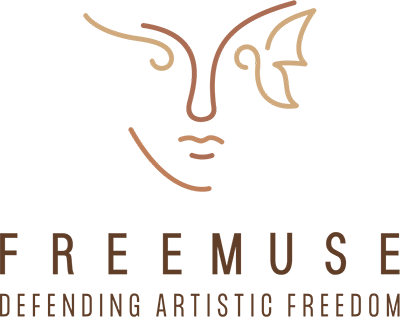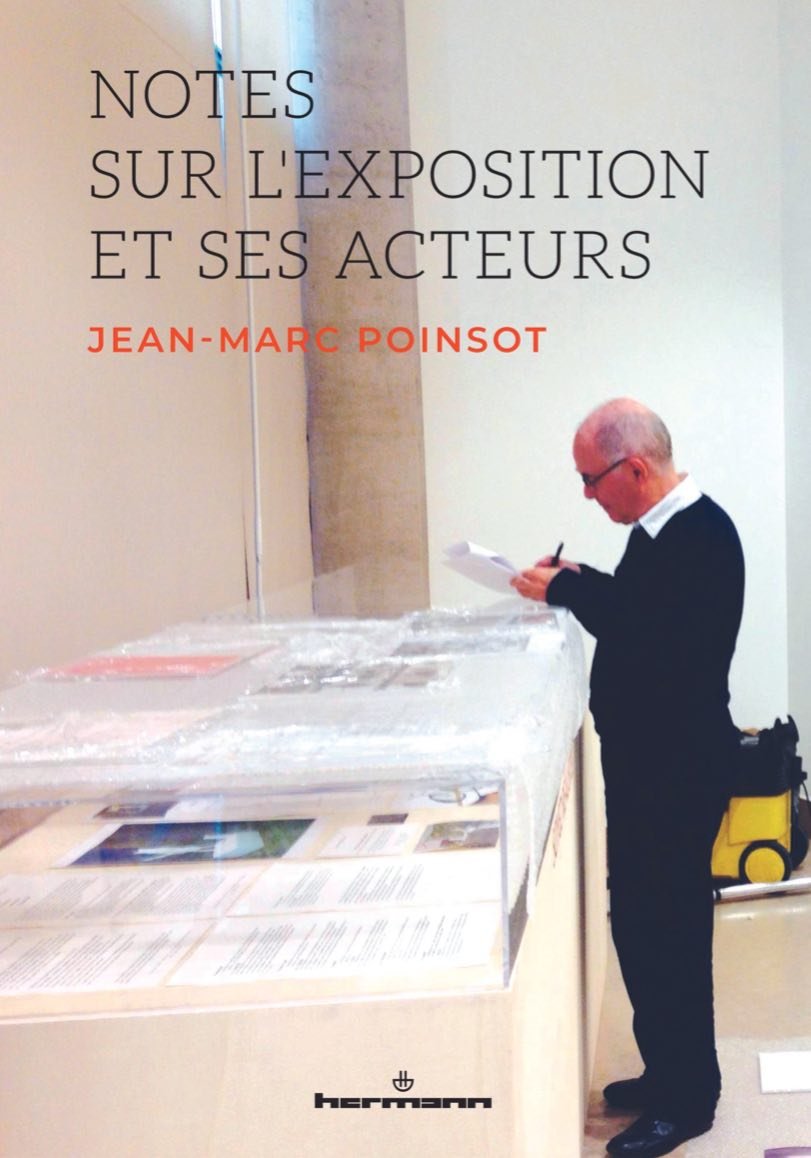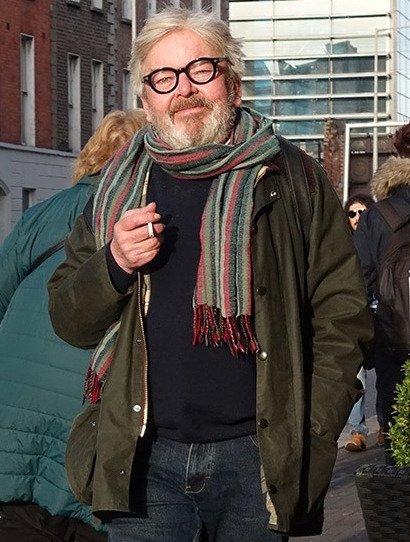Joseph Backstein passed away on 12 January 2024 in London after a long illness and was buried in Novo Vostriakovskoye Jewish Cemetery, Moscow on 19 January.
He is celebrated for many achievements as a curator, including the founding of the Moscow Biennale, for which he was Commissioner for its first 6 editions (2004-2016).
For those who knew him, his energy, charm and openness as well as his intellect endeared him to many. Looking across the many artists and curators who took part in the exhibitions and projects he worked on, he touched many lives.
The Moscow Biennale began in the Lenin Museum in 2005 (prior to renovation) and one of his ideas to mark its place in Russian history was to screen continuously the film about Lenin in its auditorium, from its days as a historical museum. Each subsequent edition used different venues across the city of Moscow, and this shift in locations, as well as the roster of international curators, made the Biennale distinctive, as did the mobilisation of other galleries which formed the extensive parallel programme of primarily Russian artists.
His career as a curator started in 1987 with the Avantgarde Club in Moscow, but he had been working closely with Kabakov and other conceptual artists through the 1980s, when he was married to Ira Nakhova. Joseph took over Kabakov’s studio on Sretensky Boulevard, which had been famous for its artists’ gatherings, as the office/workspace of ICA, Moscow, 1988-2018.
A Russian edition of ‘Trialogues’, an experiment in writing by Michael Epstein, Ilya Kabakov and Joseph Backstein from the early 1980s will be published soon, and demonstrates Joseph’s long-standing interests in cultural studies and critical and non-conformist examinations of what it meant to live in the Soviet Union, as its utopia was crumbling. He travelled abroad for the first time in 1988, when he went to Berlin to organise Iskunstvo. He organised two remarkable exhibitions of conceptual art, one in Sandinovsky Bath House in 1988, where the (male) visitors and participants could swim, and another inside Butyrskaja Prison in 1992, with the inmates and governor present. In 1999, he curated the Russian Pavilion at the Venice Biennale, showing Komar and Melamid and Yuri Albert. He became renowned for the many touring exhibitions he organised of Moscow conceptual artists abroad (largely in USA, and Europe) post-Perestroika, including ‘Perspectives on Conceptualism’ (USA, 1991-1993) and for the large number of international artists who he brought to Russia in the 2000s, from Boltanski to Yoko Ono. During the 1990s, his interest in performance, video art and installation developed in exhibitions like Medialisation (Edsvik, Sweden, 1998), even though he wrote critically of how painting remained the model against which the post-medium condition of contemporary art was formed. His fascination with Walter Benjamin led to his exhibition with Bart de Baere, titled, Angels of History (Antwerp, 2002).
Joseph was also founder and Director of the ‘Joseph Backstein School of Contemporary Art’ (current name), formerly School for Problems of Contemporary Art, and New Art Strategies programme in the 1990s. Many now distinguished mid-career artists from Russia trained on his courses and several exhibitions were held of the student’s works, notably “Out of the Cold” marking the collaboration with Valand School of Art, Sweden.
Two important books collecting his writing and documenting his exhibitions were published in Russian towards the end of his career.
A recent celebration of the many facets of his career took place in Art Moscow, April 2024 by friends and colleagues, which he had also helped organise. He also played a key part in the transition of Garage’s first venue (Konstantin Melnikov and Vladimir Shukhov’s bus garage) into the Jewish Museum and Tolerance Center, curating a section on ‘Conceptual art and Sots Art’ for its 2015 exhibition on Jewish artists, “Contemporaries of the Future”.
Building an open and two-way dialogue between Russia and the international art world was at the heart of everything Joseph did for 3 decades and his desire to democratise and foster international exchange is one important part of his legacy, even if it feels the very possibilities he spent his career generating are closing down.
His work and career is documented at: https://josephbackstein.com
He was married three times, lastly to Katy Deepwell (2001-) and had 4 children from different relationships.

















